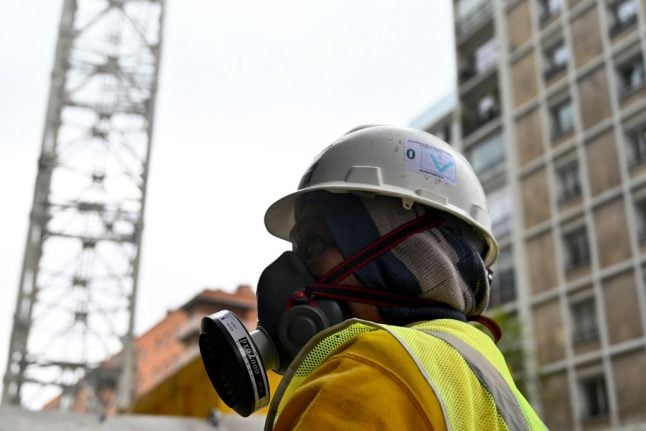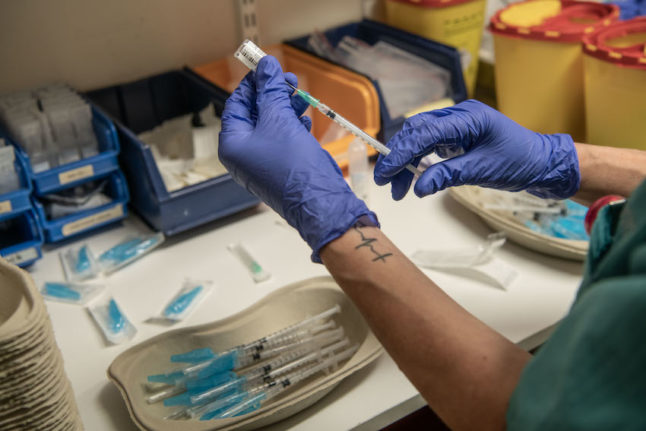Spain eased its lockdown this week. Or at least that is how the outside world saw it.
In fact, what happened was things went back to how they were just over two weeks ago before we went into what has been called 'economic hibernation' – everyone staying inside except essential workers.
So from this week, workers in construction and manufacturing could return to work, in order to free up two vital sectors of the economy. But the lockdown remained for the vast majority of us. Remember we cannot go for strolls and children are confined to the house.
Speaking to those who were going back, I found mixed feelings about this. Almost all were worried about contracting coronavirus, of course.
READ ALSO:
- For the sake of the children: Is it time Spain loosened strict coronavirus lockdown rules?
- LATEST: Spain reports 585 new fatalities after changing counting method
- What are the penalties for breaching Spain’s lockdown? And can you appeal?
Yet, at the same time, many were relieved to be getting out of the house after a month being confined at home. For others, it was crucial that they returned to work or the business would most likely go to the wall.
For the rest of us, there was the concern that this cautious opening up of the economy might result in a rise in cases, thereby wasting the efforts of 47 million Spaniards who had largely obeyed the lockdown.
However, an epidemiologist I spoke to put the government's gamble into context, saying when it took this decision it had to weigh up immediate health priorities as well as the effects on the economy.
“There are a number of people who may die not from the virus but from poverty,” he said.
It made me think.
At the back of everyone's minds in Spain is the prospect of what comes next once we are allowed out.
The IMF's prediction is Spain's GDP will fall 8 percent and unemployment will rise from 14 percent to 20 percent. Most people expect it to be higher.
And then there is the prospect of a resurgence of the virus. According to experts, during the Spanish flu after the First World War, secondary waves of the flu were best contained in places where the politicians acted together as a united force.
A quick glance at the political squabbling in Spain this week – where Pedro Sánchez, the prime minister, and Pablo Casado, the leader of the opposition cannot even agree when to meet – and I do not hold out much hope that this is likely. Spain is too polarized a society.
On a more positive side, we seem to have settled into a lockdown routine. We discovered a television series which has become a daily ritual for all the family. (Remember when you used to watch TV with your parents?).
And the prospect of the boys not returning to school until September has become a reality after the education secretary said sending the children back earlier would not be a good idea.
Our boys might be pleased at hearing this news, but pray for us parents.
This is an excerpt from the latest in our series 'Coronavirus around Europe' in which our journalists describe the situation in the country they are in and look ahead to what might come next.

Graham Keeley is a Spain-based freelance journalist who covered the country for The Times from 2008 to 2019. Follow him on Twitter @grahamkeeley .



 Please whitelist us to continue reading.
Please whitelist us to continue reading.
Member comments